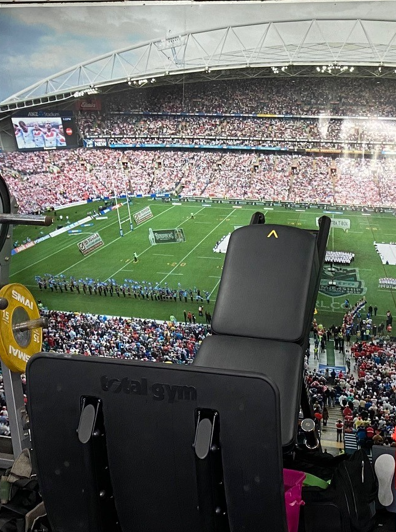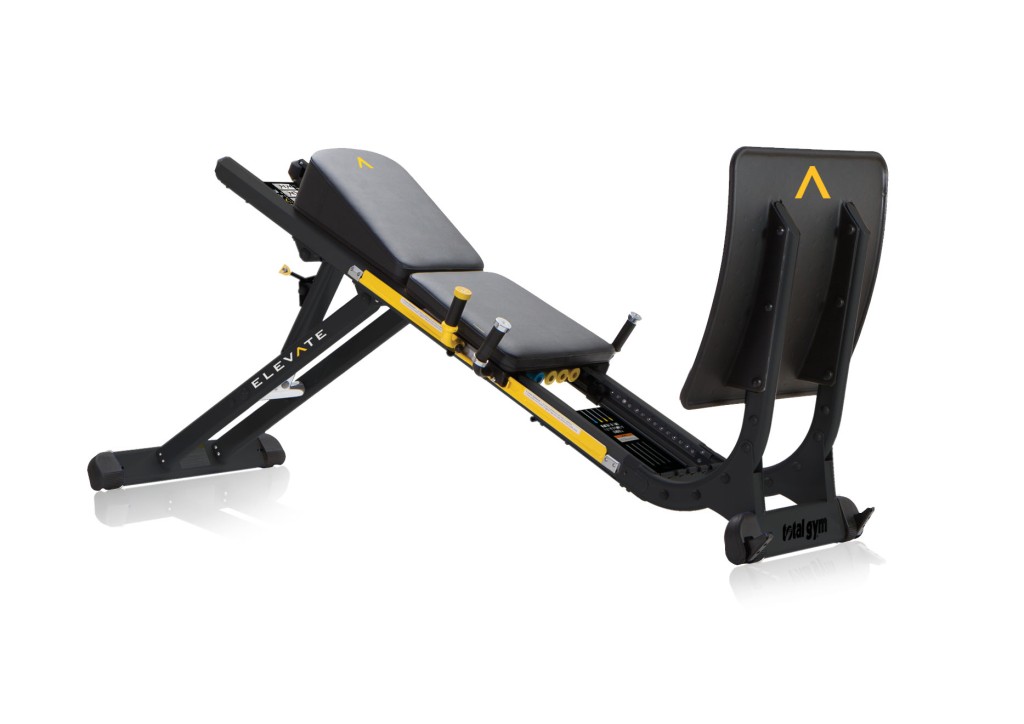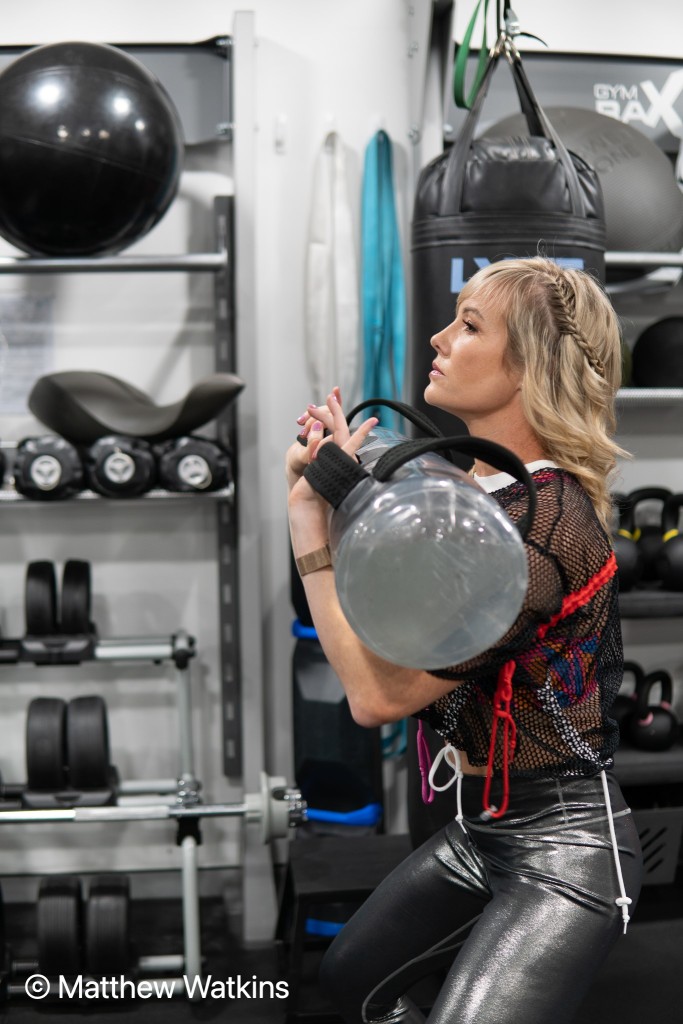Plyometric exercises are powerful aerobic exercises used to increase your speed, endurance, and strength. They require you to exert your muscles to their maximum potential in short periods of time. Also known as jump training, plyometric exercises are usually geared toward highly trained athletes or people in peak physical condition. However, they can also be used by people wishing to improve their fitness. Plyometric exercises can cause stress to the tendons, ligaments, and lower-extremity joints, especially the knees and ankles. It’s important that you have the strength and fitness level necessary to do these exercises safely and effectively. If you’re adding plyometric exercises to your workout routine, work up to them gradually. Slowly increase the duration, difficulty, and intensity of the exercises. Some of the benefits of plyometric jumping include increased vertical jump height and long jump distance.
Plyometric training can also help improve everything from jumping and sprinting ability to lower body strength. Studies have shown that plyometric training improves strength, muscle size and muscle speed, alongside improving coordination.
Jump training—or plyometrics—creates improvement in sprinting, reactive strength, and running economy in shorter distances from 2K (1.2 miles) to 5K (3.1 miles), new research shows. High knee skips, step-ups onto a box, jumping in and out laterally, and using an agility ladder are all effective plyometric moves. If you’re just getting started, ease into this type of training gradually to avoid injury. If you want to become a better runner, running needs to be a part of your regular routine, of course. But, according to new research in the Journal of Sports Sciences, you can benefit from jump training, too.
Researchers looked at 21 studies that included 511 participants total, encompassing different strategies for improvements in time-trial performances—specifically, what helped in boosting effectiveness in shorter distances from 2K (1.2 miles) to 5K (3.1 miles).
They found that runners who consistently engaged in jump training saw improvement in sprinting, reactive strength, and running economy—which all led to better fitness and performance. This is true for older runners as well, despite the widespread belief that jumping creates higher injury risk for joints as you age. Two of the study’s researchers published research in 2018 that looked at healthy adults over age 50 who used jump-training sessions with at least 60 seconds of recovery between sets. They concluded that jump training is safe and effective for these athletes, as long as they keep it under three sessions per week. “Jumping, also called plyometric training, can be very beneficial for runners,” physical therapist Jason Kart, D.P.T., owner of Core Physical Therapy in Chicago, told Runner’s World. • Kart said this type of training improves your ability to generate power—not just in terms of muscular force, but also in your neurological system. Basically, you’re training your nervous system to ramp up faster and more effectively.
Jump training is a type of plyometric training that can help improve athletic performance. Plyometric exercises are powerful aerobic exercises used to increase your speed, endurance, and strength. They require you to exert your muscles to their maximum potential in short periods of time. Also known as jump training, plyometric exercises are usually geared toward highly trained athletes or people in peak physical condition. However, they can also be used by people wishing to improve their fitness. Jump training can help improve power output, speed, agility, and vertical jump height. It can also help improve running economy and reduce the risk of injury.

Jump Training in Medical Rehabilitation
“Ballistic strength training” or Plyometric Jump Training, for people with traumatic brain injury (TBI) is a type of exercise that involves rapid movements such as jumping and throwing. The aim of this multi-centre trial was to implement ballistic strength training for people with TBI during the early recovery phase post-injury, targeted to the three main muscle groups responsible for forward propulsion when walking. Improving mobility after traumatic brain injury with ballistic strength training (unimelb.edu.au).
Jumping is a weight-bearing exercise that can help prevent osteoporosis and slow bone loss. Plyometric training is a type of exercise that involves explosive, powerful exercises that are trained to activate the quick response and elastic properties of the major muscles. It causes the participant to exert a high degree of force for a short period of time. Examples include exercises like jumping, skipping, and hopping. A study of post-menopausal breast cancer survivors demonstrated improved bone mineral density (BMD) at the hip and prevented BMD loss at the spine with a program that included jumping and resistance training. Another study of osteoporotic men engaged in either resistance training or progressive jump training found increases in BMD of the whole body and lumbar spine.
Best Solution: The Total Gym Jump Trainer
The Total Gym Jump Trainer is a jump exercise machine that builds explosive power and develops lower body muscle mass with two primary movements, the squat and the squat jump. It is designed to facilitate plyometric jumping exercises leveraging both linear bodyweight resistance and variable band resistance. The Total Gym Jump Trainer produces both concentric and eccentric loading of the muscles – allowing users to accelerate and decelerate quickly during a squat jump in a safe, controlled manner.

It’s clear from the information provided that plyometric jump training, also known as ballistic strength training, has numerous benefits for various populations. Here’s a summary of the benefits:
- Improved Athletic Performance: Plyometric jump training can enhance sprinting, reactive strength, running economy, power output, speed, agility, and vertical jump height. This type of training is valuable for athletes participating in running, field sports like rugby, soccer, basketball, volleyball, and others.
- Improved Muscle Strength and Size: Plyometric training improves strength and muscle size, especially in the lower body. It targets the major muscle groups responsible for forward propulsion during walking, making it beneficial for post-traumatic brain injury (TBI) patients during the early recovery phase.
- Bone Health: Jumping, which is a weight-bearing exercise involved in plyometric training, can help prevent osteoporosis and slow down bone loss. Studies have demonstrated improved bone mineral density (BMD) in post-menopausal breast cancer survivors and osteoporotic men engaged in jump training.
- Neurological Benefits: Plyometric jump training not only increases muscular force but also trains the nervous system to generate power more effectively. It enhances coordination and neuromuscular efficiency.
- Rehabilitation and Physical Therapy: Plyometric training can be used in physical therapy and medical rehab settings, including in cases of traumatic brain injury (TBI), Cerebral Palsy and ACL/MCL injuries.
Caution: It’s essential to note that while plyometric exercises offer various benefits, they also come with the risk of stress and potential injury to tendons, ligaments, and lower-extremity joints, especially the knees and ankles. Therefore, it’s crucial to approach plyometric training gradually and with appropriate fitness levels to ensure safety and effectiveness especially one involving high-impact activities like plyometrics.
That’s another reason why the Total Gym Jump trainer is well suited. It allows specific and safe control of Jump height, intensity, and range of movement.
Greg Doherty CEO HQH Fitness











